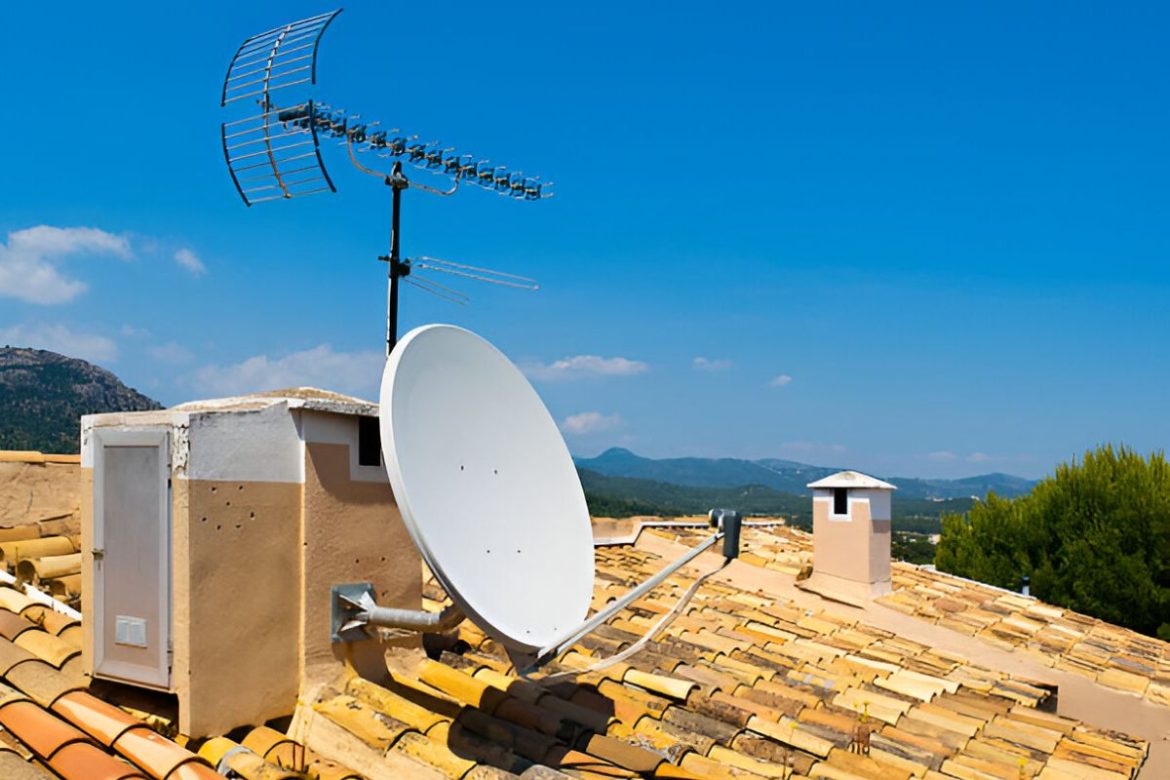Television aerials have been staples of British homes for decades, yet despite their longevity and prevalence, several misconceptions persist about their installation, operation, and maintenance. Clarifying these myths not only helps consumers make informed decisions but also optimises their viewing experience. This article will address and debunk several common myths surrounding TV aerials.
Table of Contents
Myth 1: Digital TV Requires a Different Aerial
One of the most pervasive myths is that the switch from analogue to digital television necessitated a change in aerials. While it is true that digital signals differ from analogue, the aerial’s capability to receive these signals remains largely unchanged.
Most existing aerials can handle digital signals as efficiently as analogue ones, provided they are in good working condition.
The upgrade to digital broadcasting involved changes in the transmission and reception technology, but it did not fundamentally alter the type of signals that aerials receive. Thus, unless your aerial is damaged or particularly old, there is no need to replace it solely because your TV service moved to a digital platform.
Myth 2: Indoor Aerials Offer the Same Quality as Outdoor Aerials
Indoor aerials are often touted as convenient alternatives to fool-proof signal reception. However, the reality is more nuanced. While indoor aerials can work well in areas with strong signal strength, they rarely match the performance of outdoor aerials, especially in regions with weaker signals or physical obstructions like hills and buildings.
Outdoor aerials generally have a clearer line of sight to the transmitter, which significantly boosts signal quality and reliability. Additionally, they are designed to withstand varying weather conditions, ensuring a more consistent performance compared to their indoor counterparts, which can easily be compromised by interference from household electronics or building materials.
Myth 3: Bigger Aerials Always Mean Better Signal Reception
It’s easy to assume that a larger aerial equates to superior signal reception, but this is not always the case. The size of an aerial does play a role in its performance, but it is not the sole determinant. The aerial’s design, placement, and the local signal environment are equally, if not more, important factors.
A well-placed, adequately-sized aerial designed for your specific region can outperform a larger but poorly positioned one. The key is not to focus solely on size but to consider the type and orientation of the aerial to optimise signal reception.
Myth 4: All TV Aerial Installations Are the Same
The notion that all TV aerial installations are identical is incorrect. The process is highly dependent on a variety of factors, including the type of building, geographical location, and intended use. For instance, installing an aerial on a detached house in a rural area differs significantly from one in a densely populated urban flat.
Professional aerial installers assess these variables to provide tailored solutions. They consider factors such as signal obstructions, optimal placement for minimal interference, and the type of aerial best suited for the specific conditions. This expertise ensures a more reliable and effective installation compared to a one-size-fits-all approach.
Myth 5: TV Aerials Are Immune to Weather Conditions
Another common misconception is that TV aerials are not affected by weather. However, extreme weather conditions can indeed impact aerial performance, particularly storms, high winds, and heavy snowfall. These elements can cause physical damage to the aerial structure or alter its alignment, leading to a deterioration in signal quality.
Regular maintenance and timely repairs are crucial to ensure the aerial remains in optimal condition. Protective measures such as using weather-resistant materials during installation can also help mitigate some of these adverse effects.
Myth 6: Signal Boosters Can Solve Any Reception Problems
Signal boosters, or amplifiers, are often seen as catch-all solutions for weak reception issues. While they can enhance signal strength, they are not miracle workers and cannot solve all problems. In some cases, using a signal booster with a poor-quality signal can amplify noise and interference rather than improve the viewing experience.
Proper diagnosis of the underlying issue is essential before resorting to a signal booster. Factors such as aerial quality, placement, and possible obstructions should be assessed first. Only after addressing these elements should a signal booster be considered, and even then, it should be properly matched to the system to avoid over-amplification.
Myth 7: Professional Installation Is Unnecessary
Lastly, some believe that professional installation of TV aerials is an unnecessary expense. While it might be tempting to undertake a DIY approach, professional installation provides several advantages. Trained installers possess the experience and tools to determine the best type and location for the aerial, ensuring optimal performance and longevity.
Moreover, professionals can seamlessly integrate the aerial with existing systems and troubleshoot any potential issues that might not be evident to the untrained eye. This investment not only ensures a better viewing experience but also potentially saves money and time in the long run by avoiding improper installation or needing frequent adjustments.
Conclusion
Understanding the realities of TV aerials dispels several myths that have persisted over the years. Recognising that existing aerials can often handle digital signals, appreciating the superior performance of outdoor aerials in certain conditions, and acknowledging the importance of professional installation are crucial for optimal TV signal reception. Conscientious consumers will benefit from informed decisions, translating to better and more reliable television experiences.


